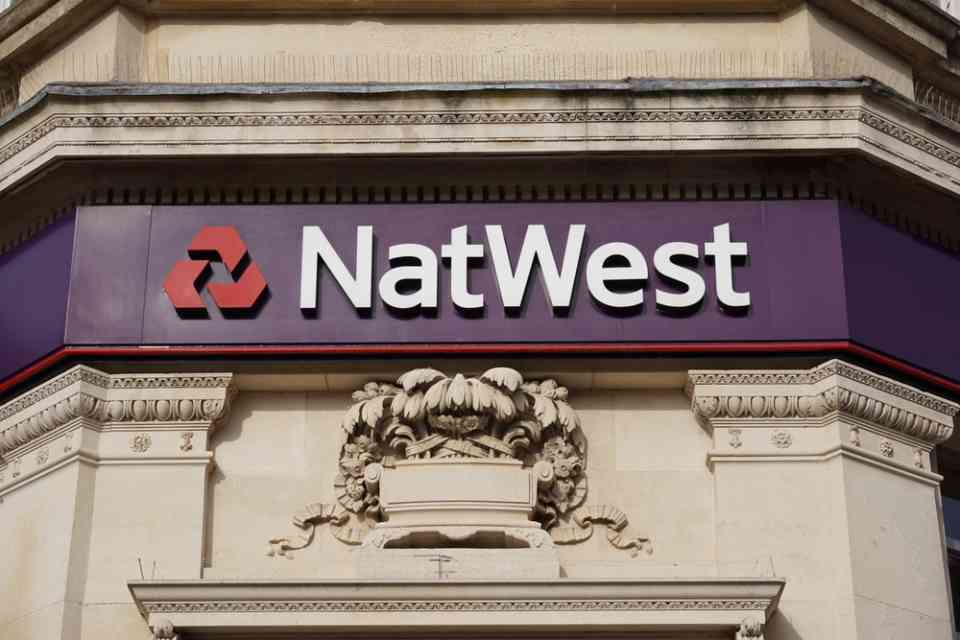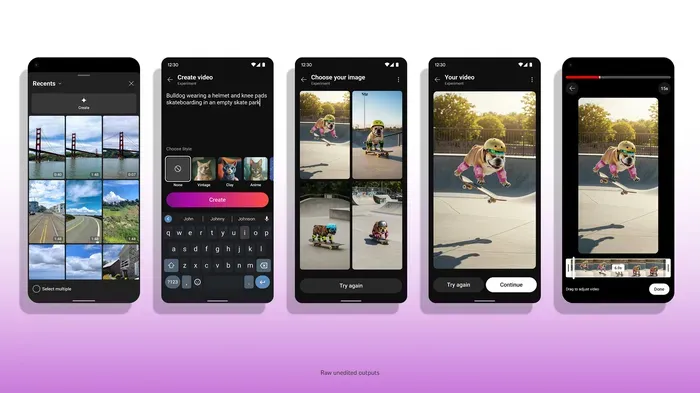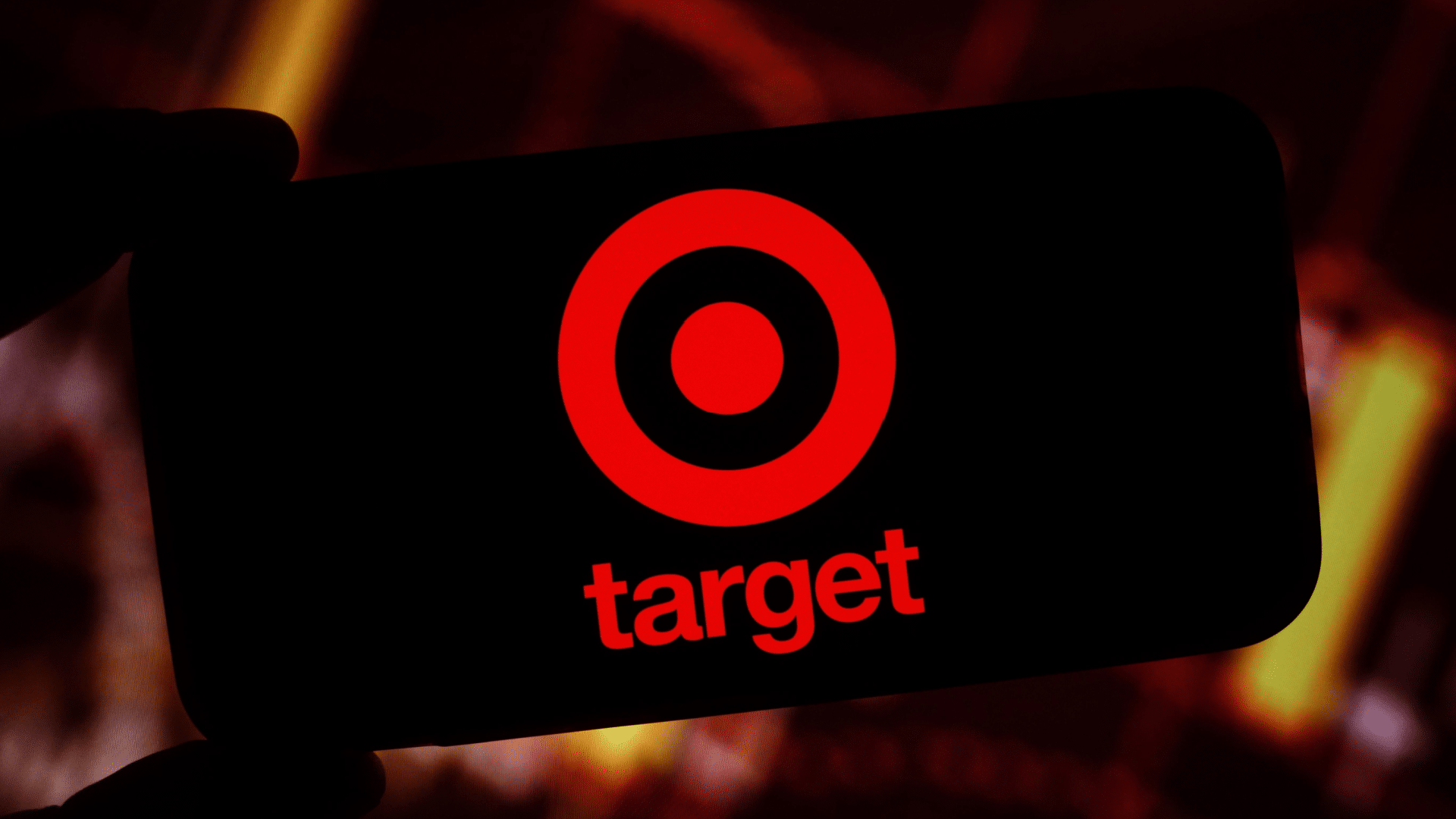The last two years were transformative for our team at Belkins as we chose to make a significant investment solely in marketing. For me, stepping into the shoes of a CMO without a previous background in marketing was like a roller-coaster ride.
With a team of 50 members and an ambitious target of generating 400 new deals each month, the pressure was palpable. It felt like a high-stakes gamble, and we went all-in. Yet, we enhanced our outreach by testing, learning, and focusing on key metrics.
Let’s explore how we mastered this and how you can apply our insights to your strategy.
Metrics to measure email outreach
Here’s an overview of the core metrics we use to track outreach performance:
Deliverability rate
This metric is about ensuring your emails reach your recipient’s inbox. Here’s how to calculate it.
Strive for a rate of 95% or higher.
Response rate
A healthy response rate indicates that your content resonates with your audience. A low one might need refining your value proposition or reevaluating your target audience.
In the B2B sector, typical rates are 2.5%–5%. But if you’re seeing 6%–15% or higher, you’re doing exceptionally well.
Engagement rate
Traditionally, businesses heavily relied on email open rates as the go-to metric for gauging lead engagement. However, this standard became less reliable due to shifts in privacy controls and the continual challenges of email deliverability and spam filtering.
To garner a clearer and more comprehensive view of engagement, we’ve started calculating the engagement rate. This rate evaluates the proportion of positive responses (interested to learn more, internal forwards to decision-makers, or “contact later” messages) to the total number of responses, both positive and negative.
To measure it, follow this formula:
For instance, 80 positive reactions out of 150 signify a 53% engagement rate.
The main task is to handle the response in a way that will give you maximum data. If your prospects are not interested, ask why and review their pain points. Chances are that a prospect just needs more time.
Lead-to-appointment rate
This metric shows how effective is the communication between your team and potential clients. A higher rate indicates that you’re targeting the right people with the right message at the right time.
Let’s go to the formula:
Customer acquisition cost (CAC)
This metric reveals the cost to gain a new customer and is crucial for evaluating marketing efficiency and optimizing outreach for better ROI.
Say you spent $25,000 on your marketing and sales in a month and secured 22 new customers. Here’s how to define whether your expenses were worth it:
So, in this case, you spent nearly $1,140 on every new customer.
Return on investment (ROI)
ROI metric is the ultimate measure of success, indicating if your efforts boost profits or drain the budget. It shows obtained revenue for every $1 invested in a campaign.
If your campaign yields $100,000 in sales, and you’ve spent $10,000, the ROI calculation would be:
Dig deeper: What is email marketing and why we care: A marketer’s guide
How to streamline your results?
Optimize your market fit positioning
Email outreach success hinges on more than just the channel. Preparation is vital. Many of our clients come to us with off-target market positioning and ineffective value propositions. These early missteps, as well as targeting the wrong personas, can derail an entire campaign. To succeed, nail these fundamentals:
- Figure out buying personas: With an average complex B2B decision involving 6 to 10 decision-makers, precision in outreach is key. Consider a mid-sized company: Targeting a CMO may seem logical, but while they control the budget, they might not be hands-on in evaluating solutions. It might be the Marketing Director who makes decisions. What can you do? Refine targeting, focus on buying personas’ pain points, and conduct A/B tests to ensure you connect with the actual decision-makers, not just high-ranking titles.
- Target specific industries: Broad targeting can be ineffective. Move into verticals. Instead of a common approach like “finance,” you might focus on specific niches like “FinTech startups” or “retail banking.”
- Narrow down location targeting: Go beyond general regions. Understanding nuances at the city or county level can refine your approach, catering to specific local needs and trends.
- Refine your value proposition: Rather than offering generic feature lists, tailor your message to address the prospect’s specific needs. Imagine you’re offering UI/UX optimization to a Director of Marketing. Instead of providing your benefits, highlight your success with improved UI/UX, leading to a surge in visitor-to-subscriber conversions. For the Director of Marketing, this means higher conversions and a growing customer base. Such messaging aligns with their core objective: increasing conversions and growing their customer base.
Compare this:
Adjust technical settings
- Ensure deliverability: Without the right domain setup, you risk not only low security but also diminished trustworthiness, making your email more prone to landing in spam. That’s why it’s crucial to check domain settings (SPF, DKIM, and DMARC) and ensure your reputation is impeccable before sending cold emails. Mind that your reputation score is influenced by spam complaints, content quality, engagement metrics from prior emails, and your status on email blacklists.
- Adapt to evolving metrics: With Google’s privacy updates, it might be time to move away from open rates as a primary metric. In fact, tracking them could increase your likelihood of landing in a spam box. Thus, consider turning off tracking pixels.
- Streamline link use: Ensure that your emails contain just one link to avoid being flagged as spam. Also, always double-check for broken or misleading links, which can hamper trust and affect deliverability.
Embrace a holistic marketing approach
- Craft personalized messages: As per Gartner, personalized content can drive a 9% increase in quality purchases. To make our emails laser-focused, we go into detail in our cold outreach. For example, we mention the broader sector the prospect operates in like “Staffing and Recruiting” and their specific niche within this sector like “Staffing for Healthcare.” As a result, we get a 30% rise in the number of appointments.
- Create consistent follow-ups. It’s about being persistent but also considerate. Belkins’ study shows that the first follow-up email can boost response rates by 49%. They help nurture genuine connections, remind the prospects of your value, and solidify rapport. They’re not just a reminder but demonstrate your know-how, increasing the chances of getting a positive response. On average, we typically conduct up to 7 follow-ups with leads who have shown interest in reengaging them. It’s worth noting that many of our clients typically reach out only twice.
- Create versatile marketing content. To amplify our outreach campaigns, we’ve created custom landing pages that resonate with specific industries, resulting in a 6-8% lead conversion rate increase. On average, conversions on these pages are 70-100% higher compared to generic ones. Furthermore, industry-specific case studies integrated into our follow-up strategy boosted our response rate from 6% to 9%.
- Build a credible brand. Prospects tend to engage with a brand they trust, making it crucial to establish your reputation. Step one here is to actively engage with review platforms, encouraging satisfied clients to share their positive experiences. Such a strategy, for example, helped my company attract over 100 monthly leads only from Clutch. Moreover, our strategy extends to hosting webinars and podcasts featuring renowned industry experts. The bonus here is that we can reuse webinar materials in cold outreach, emphasizing our expertise to potential clients.
- Enhance user experience. Ensuring a seamless transition from email engagement to website interaction is paramount as your recipients are potential site visitors. Craft emails that guide recipients seamlessly to your website with clear and compelling call-to-action buttons. Finally, ensure that the landing pages you lead your prospects to are easy to navigate and provide concise, relevant information that addresses their challenges.
Dig deeper: Email marketing strategy : A marketer’s guide
Wrapping up
Launching an email outreach campaign goes beyond the pursuit of immediate sales. I’ve made the mistake of prioritizing short-term gains, only to realize the importance of measuring the right metrics to get only quality appointments.
Using the tactics described here, we experienced significant success, a testament to the transformational power of optimizing our outreach strategy. These metrics aren’t mere touchpoints — they’re your roadmap to long-term success.
function getCookie(cname) {
let name = cname + “=”;
let decodedCookie = decodeURIComponent(document.cookie);
let ca = decodedCookie.split(‘;’);
for(let i = 0; i <ca.length; i++) {
let c = ca[i];
while (c.charAt(0) == ' ') {
c = c.substring(1);
}
if (c.indexOf(name) == 0) {
return c.substring(name.length, c.length);
}
}
return "";
}
document.getElementById('munchkinCookieInline').value = getCookie('_mkto_trk');
The post Email outreach for marketers: Measuring and optimizing performance appeared first on MarTech.























































![Assessing the Winners of the Super Bowl Ad Blitz [Infographic] Assessing the Winners of the Super Bowl Ad Blitz [Infographic]](https://imgproxy.divecdn.com/kzzGkWf5O2q5NPX8no-8ErGd5bFiXZjPZlEp8PIZVsw/g:ce/rs:fit:770:435/Z3M6Ly9kaXZlc2l0ZS1zdG9yYWdlL2RpdmVpbWFnZS9zZW1ydXNoX3N1cGVyX2Jvd2xfMjAyNTIucG5n.webp)
















